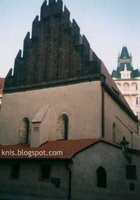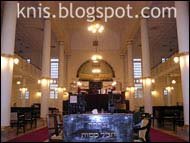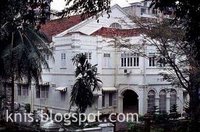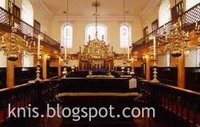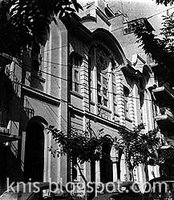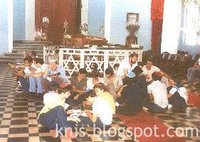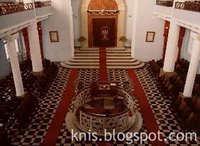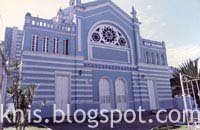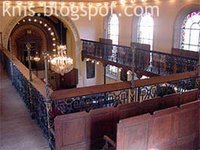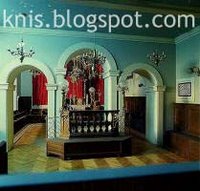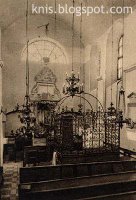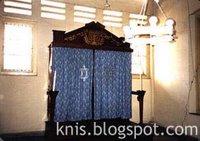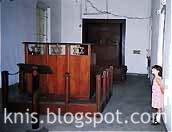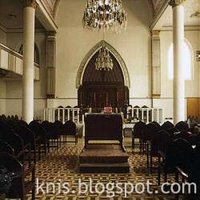
Esta comunidad obtuvo el permiso de Luis XVI para construirla en el año 1785/1786, siendo así la primera gran sinagoga construida en Francia desde el siglo XIII con la autorización del rey.
Another image of the synagogue of Luneville, in France. This community obtained the permission of Luis XVI to build it in 1785/1786, being therefore the first great synagogue built in France since century XIII with the authorization of the king.




